Seattle Washington
Seattle, a city on Puget Sound in the Pacific Northwest, is surrounded by water, mountains and evergreen forests, and contains thousands of acres of parkland. Washington State’s largest city, it’s home to a large tech industry. The futuristic Space Needle, a 1962 World’s Fair legacy, is its most iconic landmark.
Demographics
Seattle is currently growing at a rate of 1.47% annually. Spanning over 142 miles, Seattle has a population density of 9,396 people per square mile. The average household income in Seattle is $128,184 with a poverty rate of 10.96%. The median rental costs in recent years comes to $1,614 per month, and the median house value is $663,100. The median age in Seattle is 35.3 years, 34.9 years for males, and 35.8 years for females.
Racial Demographics in Seattle
- White: 67.30%
- Asian: 15.43%
- Black or African American: 7.33%
- Two or more races: 6.86%
- Other race: 2.30%
- Native American: 0.51%
- Native Hawaiian or Pacific Islander: 0.26%
Religious composition of adults in the Seattle metro area
Christian 51%
- Evangelical Protestant 22%
- Mainline Protestant 10%
- Historically Black Protestant 1%
- Catholic 15%
- Mormon 1%
- Orthodox Christian < 1%
- Jehovah's Witness 1%
- Other Christian 1%
Non-Christian Faiths 10%
- Jewish 1%
- Muslim < 1%
- Buddhist 2%
- Hindu 2%
- Other World Religions < 1%
- Other Faiths 4%
Non-Religious 39%
- Atheist 10%
- Agnostic 6%
- Nothing in particular 22%
- Don't know 1%
Government
Corporatocracy
A society or system that is governed or controlled by corporations. A system of government that serves the interest of, and may be run by corporations and involves ties between government and business.Industry & Trade
Seattle Agriculture
Soybeans and corn are Seattle's primary crops. However, the region produces a wide range of agricultural products, including fruit, vegetables, berries and grains.Seattle Industry
Primary Industry
Seattle Port provides ample fishing in Elliott Bay. This has allowed Seattle to become a minor exporter of fish and fish based products.Secondary Industry
Seattle is a leading producer of cybernetics.Humanity has the power to make themselves whatever they can imagine into being.Think Best is amongst the worlds leading companies for the production of high quality cybernetics. Because of that, many people come to Seattle for the sole purpose of having cybernetics implanted. Thus, Steel Cross has become a major source of income for Seattle. More recently, genetic modification has become scientifically possible with an small, but growing market. Prophecy Genetics is the most recent addition to Draco Industries. With the addition of this company, they have stepped boldly into the world of genetics and have begun to offer those procedures at Steel Cross.Franz Draco
Tertiary Industries
Steel Cross has become a major medical provider and knowledge institution for cybernetics and genetic modifications. The Swedish Medical Center has become the leading medical provider for cybernetic implants and genetic modifications.Quaternary Industry
Revelation Technologies is the Draco Industries company for the production of computer software. There are numerous smaller companies beneath this umbrella that are all working towards producing cutting edge technologies.Seattle trade
The Port of Seattle is closer to Asia and Alaska than any other major U.S. seaport. Seattle is a premier gateway for products, cruise passengers, and tourists moving to and from North America. Seattle’s seaport is an international trade resource for customers throughout the world, providing fast and convenient links to global markets. The Port of Seattle is a leader in moving people and cargo across the country and around the world.Imports
The top import origins of Seattle, Wa are Canada ($23.9B), China ($18.1B), Japan ($11.5B), Vietnam ($4.63B), and South Korea ($4.14B). Seattle, Wa imported $82.3B last year, making it the 10th largest importer out of the 43 importers in United States. Last year's top imports of Seattle, Wa were Petroleum oils ($6.39B), Medium Sized Cars ($2.67B), Commodities not specified according to kind ($2.61B), Wood; coniferous species ($2.34B), and Games: video game consoles and machines ($2.07B).Exports
Seattle, WA exported mostly to Canada ($1.47B), China ($720M), Taiwan ($459M), Japan ($300M), and Ireland ($270M) The top exports of Seattle, WA were Cybernetics Parts ($1.58B), Integrated Circuits ($385M), Refined Petroleum ($251M), Soybeans ($233M), and Corn ($120M).Transport
Transportation in Seattle is largely focused on the automobile like many other cities in western North America; however, the city is just old enough for its layout to reflect the age when railways and trolleys predominated.Airports
The city's primary commercial airport is Seattle–Tacoma International Airport, locally known as Sea-Tac Airport and located in the city of SeaTac, which is named for the airport. It is operated by the Port of Seattle and is served by a number of airlines connecting the region with international, national, and domestic destinations. Paine Field, also known as Snohomish County Airport, is a commercial and general aviation airport serving the Seattle metropolitan area in the U.S. state of Washington. It is located in unincorporated Snohomish County, Washington, between the cities of Mukilteo and Everett, about 25 miles (40 km) north of Seattle. Boeing Field, officially King County International Airport, is a public airport owned and operated by King County, five miles south of downtown Seattle, Washington. The airport is sometimes referred to as KCIA (King County International Airport), but is not the airport identifier. The airport has scheduled passenger service operated by Kenmore Air, a commuter air carrier, and was being served by JSX with regional jet flights; however, it is currently mostly used by general aviation and cargo.Railways
Link light rail travels between UW Station and Sea-Tac Airport, making 13 stops along the way, including downtown Seattle. Sounder trains travel between Lakewood and Seattle (making stops in Tacoma, Puyallup, Sumner, Auburn, Kent and Tukwila) and between Everett and Seattle (making stops in Mukilteo and Edmonds).Subway System
Assets
History
Seattle lies on a narrow strip of land between the salt waters of Puget Sound and the fresh waters of Lake Washington. Beyond the waters lie two rugged mountain ranges, the Olympics to the west and the Cascades to the east. It is a city built on hills and around water, in a mild marine climate that encourages prolific vegetation and abundant natural resources.
The city is built on Indigenous land, the traditional territory of Coast Salish peoples, specifically the Suquamish and Duwamish Tribes. They lived in the region for thousands of years before the arrival of Europeans or white settlers and developed extensive trade and social networks, along with a deep knowledge of the land and sea, and continue to live here today.
White settlers came to the Seattle area in 1851, establishing a townsite they first called New York, and then, adding a word from the Chinook jargon meaning "by-and-by," New York-Alki. They soon moved a short distance across Elliott Bay to what is now the historic Pioneer Square district, where a protected deep-water harbor was available. This village was soon named Seattle, honoring the Duwamish Indian leader named Sealth.
The new town's principal economic support was Henry Yesler's lumber mill at the foot of Mill Street (now Yesler Way), built in 1853. Much of the mill's production went to the booming city of San Francisco, but the mill also supplied the fledgling towns throughout the Puget Sound region. A first failed attempt at incorporation lasted from 1865 to 1867. The official incorporation of Seattle was by the Territorial legislature on December 2, 1869; Seattle had more than 2,000 residents. Washington would not become the 42nd state until 20 years later in 1889.
In the early 1870s the Northern Pacific Railway Company announced that its transcontinental railroad western terminus would be at Tacoma, some forty miles south of Seattle. Despite local leaders' disappointment, Seattle managed to force a connection with Northern Pacific shortly after its completion in 1883, and the town's population soared in the late 1880s. Lumber and coal were the primary industries, but the growth of fishing, wholesale trade, shipbuilding, and shipping also contributed to the town's economic expansion and population growth. One estimate is that in the first half of 1889, Seattle was gaining 1,000 new residents per month; in March alone, there were 500 buildings under construction, most of them built of wood. The explosive growth was slowed but not stopped by a devastating fire on June 6, 1889, which leveled the buildings on 116 acres in the heart of the city's business district. No one died in the fire, but the property damage ran into millions of dollars.
Enthusiasm for Seattle was little dampened by the fire. In fact, it provided the opportunity for extensive municipal improvements, including widened and regraded streets, a professional fire department, reconstructed wharves, and municipal water works. New construction in the burned district was required to be of brick or steel, and it was by choice on a grander and more imposing scale.
The 1890s were not so prosperous, despite the arrival of another transcontinental railroad, the Great Northern, in 1893. A nationwide business depression did not spare Seattle, but the 1897 discovery of gold along and near the Klondike River in Canada's Yukon Territory and in Alaska once again made Seattle an instant boom town. The city exploited its nearness to the Klondike and its already established shipping lines to become the premier outfitting point for prospectors. The link became so strong that Alaska was long considered to be the personal property of Seattle and Seattleites.
During the early 1900s, Seattle, now having discovered the rewards of advertising, continued to experience strong growth. Two more transcontinental railroads, the Union Pacific and Milwaukee Road systems, reached Seattle and reinforced the city's position as a trade and shipping center, particularly with Asia and the North Pacific.
The city's population became increasingly diversified. Scandinavians came to work in fishing and lumbering, African Americans to work as railroad porters and waiters, and Japanese to operate truck gardens and hotels. There were significant communities of Italians, Chinese, Jews, and Filipinos. The International District, home to several Asian ethnic groups, was largely developed during this period.
With its population now approaching 240,000, Seattle announced its achievements by sponsoring an international fair in 1909. The Alaska-Yukon-Pacific Exposition celebrated the economic and cultural links Seattle had forged along what is now known as the North Pacific Rim. The forty-two story L.C. Smith building was completed in 1914. For more than four decades it was the tallest building in the American west and a symbol of Seattle's booster spirit and metropolitan aspirations.
World War I transformed the city's shipbuilding industry, which turned out 20 percent of the nation's wartime ship tonnage. The war also brought Seattle national attention when, early in 1919, workers struck the shipyards to maintain their high wartime wages. This event soon led to the Seattle general strike of February 6-10, the longest such strike in American history. The strike lacked a cogent objective, but its success fueled postwar American fears about radicals and socialists. Along with the city's early ventures into municipal transit service and public electrical power, the general strike helped establish Seattle's reputation as a hotbed of political radicalism.
Seattle also had a reputation for a boom-and-bust economy, and the twenties brought depressed conditions in shipbuilding and the lumber trade. The Depression of the 1930s hit Seattle particularly hard, and a "Hooverville" of shacks and lean-tos housing nearly 1,000 unemployed men grew up at an abandoned shipbuilding yard south of Pioneer Square. World War II sparked an economic rebound as shipyards flourished again.
The Japanese American population did not enjoy this rebound. In 1942, Executive Order 9066 forced the removal of anyone of Japanese ancestry from the West Coast; over 7,000 Japanese Americans had to leave Seattle for inland incarceration camps. After the war, many were unable to recover their homes and businesses. In 1984, Seattle City Council passed Ordinance 111571 providing reparations to city employees of Japanese ancestry who lost their jobs during that period.
The Boeing Company, a modestly successful airplane manufacturer founded in 1916, increased its workforce more than 1,200 percent and its sales from $10 million to $600 million annually during the war years. The war's end, however, brought an economic slump to the area that persisted until the middle 1950s.
When Boeing successfully introduced the 707 commercial jet airliner in the late 1950s, it heralded another burst of municipal optimism. In 1962 Seattle sponsored a full-fledged world's fair, the futuristic Century 21 Exposition. The fair left the city a permanent legacy in the Seattle Center and its complex of performance, sports, and entertainment halls, as well as the Pacific Science Center, the Monorail, and the Space Needle.
Seattle's African American population increased dramatically between 1940 and 1960, making the community the city's largest minority group. As Blacks moved north and west during and after World War II in search of employment, their numbers overtook those of Asian groups - the Chinese, Japanese, and Filipinos - which together historically formed Seattle's largest minority population. All of the city's minority groups experienced some form of discrimination, including geographic segregation, employment inequity, and housing discrimination. Until 1968, it was legal to discriminate against minorities in Seattle when renting apartments or selling real estate.
After Century 21, the city population remained around the half-million mark in the second half of the 20th century, while suburban areas grew explosively. The Boeing Company suffered a slump in the early 1970s that severely depressed the local economy for a time. The political strength of Washington Senators Warren G. Magnuson and Henry Jackson in the postwar decades greatly contributed to growth at such research institutions as the University of Washington, and in defense related activities. Seattle has also enjoyed an expanded air and sea trade with Asia, Alaska, and the North Pacific. Boeing headquarters relocated to Chicago in 2001 but companies such as Microsoft, Starbucks, Amazon, and Google began to have a bigger impact on the city's economy and drove a sharp increase in population in the early 21st century.
Seattle has always exhibited a spirit of optimism, enterprise, and self-promotion. At one time this was institutionalized as "the Seattle Spirit," a movement that enabled the city literally to move mountains by washing down high hills to improve building sites, to connect Lake Washington and Puget Sound with locks and a canal, and to build the world's largest man-made island at the mouth of the Duwamish River. This spirit can be credited with accomplishments like the Forward Thrust program of the 1970s, which built numerous parks throughout the city, including Freeway Park that spans the I-5 freeway with waterfalls and hanging gardens. A building for the main branch of the Seattle Public Library designed by Rem Koolhaas, a new "green" City Hall, and a tunnel through downtown along with the deconstruction of the Alaskan Way Viaduct and a reimagining of the central waterfront bring Seattle into the 21st century.
Modern Seattle has both strengths and challenges. The city is proud of its arts and cultural institutions, its many live theaters, and its professional and collegiate sports. It is proud of its parks, of Pioneer Square and the Pike Place Market, and, above all, of the beauty of its surroundings. Meanwhile, the city's growth has led to increased income inequality and a dearth of affordable housing for its working population, while endemic issues of racism, social injustice, and a warming planet continue to inspire demands for change.
Points of interest
Space Needle
Built for the 1962 World’s Fair, the 605-foot-tall Space Needle quickly became an icon of the city that today is recognized far and wide. On the observation level, which you can reach via a 43-second elevator ride, see the doodle-on-a-napkin concept that led to the Space Needle design. Views from the top feature Elliott Bay, the Cascade Mountains, and even Mount Rainier.Seattle Center Monorail
Another World’s Fair relic, the Seattle Center Monorail links Seattle Center—home of the Space Needle and several other notable attractions—to downtown’s Westlake Center along an approximately one-mile route. The designated historic landmark can reach a top speed of 45 miles per hour and weaves between skyscrapers above the city streets.Pacific Science Center
This family-friendly museum is where science lessons come to life. At Pacific Science Center, explore galaxies near and far in the planetarium, get up close and personal with colorful creatures in the Tropical Butterfly House, maneuver a two-ton granite ball, find out what it means if you can roll your tongue, and much more.Chihuly Garden and Glass
The Chihuly Garden and Glass museum is dedicated to the work and career of locally born, world-renowned glassblower Dale Chihuly, who was introduced to the craft while studying at the University of Washington. It is the most comprehensive collection of his art to date, with interior galleries featuring a variety of his work in the medium. The pièce de résistance is the glasshouse, with a vibrant 100-foot-long sculpture in hues of red, orange, and yellow suspended from the ceiling.Pacific Northwest Ballet
Among the top echelon of dance companies in the world, Pacific Northwest Ballet performs a variety of classical and modern shows in Seattle Center’s beautiful McCaw Hall. Under the creative direction of renowned dancer Peter Boal, Pacific Northwest Ballet offers transformative performances that are sure to impress. Don’t miss its recently revamped version of The Nutcracker, an annual holiday tradition.Tourism
GEOGRAPHY
Seattle is located at latitude 47.39’N, longitude 122.17’W, on the eastern shore of Puget Sound, approximately 90 air miles east of the Pacific coastline and 113 miles south of the U.S.-Canadian border (49th Parallel). Seattle – 83.9 sq. miles Metro area – 4,424.9 sq. miles King County – 2,126.1 sq. miles Seattle has 147.52 miles of fresh water shoreline and 53.38 miles of salt water shoreline for a total of 200.90 miles of shoreline (source 1). Puget Sound has 500 square miles of water, 1,400 miles of shoreline and some 300 islands. The average depth is 205 feet with a maximum depth of 930 feet. The average water temperature is 50 degrees Fahrenheit. ACCOMMODATIONS Hotel rooms available in Downtown Seattle: 14,861 Hotel rooms available in King County: 43,490Seattle’s Largest Hotels
Hyatt Regency Seattle: 1,260 Guestrooms Sheraton Grand Seattle: 1,236 Guestrooms The Westin Seattle: 891 Guestrooms Renaissance Seattle Hotel: 557 Guestrooms Grand Hyatt Seattle: 457 Guestrooms Fairmont Olympic Hotel: 450 Guestrooms W Seattle: 424 Guestrooms Crowne Plaza Seattle-Downtown: 418 Guestrooms Seattle Marriott Waterfront: 354 Guestrooms Hyatt at Olive 8: 346 GuestroomsCONVENTION FACILITIES
The expansive Convention Center offers The Conference Center (TCC), a LEED Silver-certified meeting facility in the heart of downtown. The 71,000-square-foot TCC directly connects to the 343,722-square-foot Convention Center, for 414,722 square feet of total meeting and exhibit space within walking distance of Seattle’s major attractions, hotels, restaurants, and shops. On August 14, 2020 Convention Center and Visit Seattle officials broke ground on the $1.7 billion Summit building with top industry supporters and clients. The addition, located just one block north of the existing Arch building in the heart of downtown Seattle, significantly increased the footprint of the convention center when it opened for business in spring 2022.Architecture
The architecture of Seattle, Washington, the largest city in the Pacific Northwest region of the U.S., features elements that predate the arrival of the area's first settlers of European ancestry in the mid-19th century, and has reflected and influenced numerous architectural styles over time.
Native and native-influenced architecture
Prior to the arrival of European settlers in the Puget Sound area, the largest building in the Salish Sea region was Old Man House, a longhouse roughly 13.5 miles (21.7 km) northwest of Downtown Seattle near the present-day town of Suquamish. Measuring roughly 800 feet (240 m) in length, it was the largest longhouse ever known and remained the largest building in the region until it was burned by the United States government in 1870. While there were no native structures of this scale within the city limits of present-day Seattle, the Duwamish tribe had at least 13 villages in that area. Of these, the largest and most important was dzee-dzee-LAH-letch or sdZéédZul7aleecH ("little crossing-over place") near present-day Pioneer Square, with an estimated 200 people in 1800, before Old World diseases caused massive death in the region. It consisted of eight longhouses, each roughly 60 by 120 feet (18 by 37 m), and an even larger potlatch house. Although no significant architectural structures from the era before European settlement survive as anything more than archaeological sites, several present-day Seattle buildings deliberately evoke traditional regional Native American architecture. Examples of this include Daybreak Star Cultural Center in Discovery Park, owned by the United Indians of All Tribes; the Duwamish Longhouse, owned by the Duwamish tribe, just west of the Duwamish River, roughly across the street from the present-day Herring's House Park, whose name commemorates the second-largest historical Duwamish village, tohl-AHL-too ("herring's house") or hah-AH-poos ("where there are horse clams" wǝɫǝbʔaltxʷ ("Intellectual House"), a multi-service learning and gathering space for Native American students, faculty and staff on the Seattle campus of the University of Washington; and Ivar's Salmon House, a restaurant on the north shore of Lake Union.Geography
Seattle is a city surrounded by both water and mountains. It is situated on a narrow but hilly isthmus between Puget Sound and Lake Washington. To the west lie the Olympic Mountains; Mount Rainier rises in the south; and the Cascade mountain range is found to the east. In addition to the water that surrounds it, Lake Union and the Lake Washington Ship Canal run through the city.
Natural Resources
Fish, including Brown rockfish, Summer flounder, and Kelp greenling.
Soybeans and corn are Seattle's primary crops. However, the region produces a wide range of agricultural products, including fruit, vegetables, berries and grains.
Founding Date
1851
Population
787,995
Inhabitant Demonym
Seattleite
Included Locations
Owner/Ruler
Ruling/Owning Rank
Owning Organization
Characters in Location
- Ali Banks
- Anan Sastre
- Arvind
- Bonnie Langdon
- Bun Bun
- Charles Flydwight
- Christine Dee
- Clarissa Bush
- Dallas Hughes
- Deld Toothbreaker
- Detective Nina Jasso
- Devin Nelson
- Donald Fulton Dean
- Ebonie Wiggins
- Fek-Jiim
- Ferdinand Ott
- Finrich Nimblefingers
- Franz Draco
- Gimnir Hammerbeard
- Glush
- Gnoth Bonechewer
- Gollik Dosk
- Gryiggs Steelfist
- Heather Kneal
- Incendiary
- Influx
- Jacob Brzezinki
- Jamie Oberholtzer
- Jan Locknot
- Jolk Trinketmake
- Karissa Cockburn
- Kasser Tealeaf
- Kevin Draco
- Klauth
- Korlos Wildcloak
- Lomop Tarkelby
- Mack Price
- Makhel Grimclaw
- Margaret Chrystal Dabney
- Maut’on
- Mikial Bone-Gnasher
- Millard Christianson
- Mouse
- Moxie
- Olm'thu Broken Tusk
- Ota-Tak
- Paela Nimblefingers
- Peaches
- Phesea
- Philip Jansen
- Qhall
- Rachel Childs
- Rok Dosk
- Sizzle
- Sol'dum Kog
- Sprinkle
- Stacy Ledmond
- Starr Sidney
- Sunini
- Tailha Dalamin
- Tamazar Dosk
- Tanish Hickman
- Tanner Daubney
- Theodore White
- Tol'Frek Bone-Gnasher
- Tritra Goldkind
- Ugor Gronk
- Uram Ember Tusk
- Vorgak Kog
- Willbert Tran
- Wolf Lightfoam
Vehicles Present
Related Reports (Primary)
Related Plots

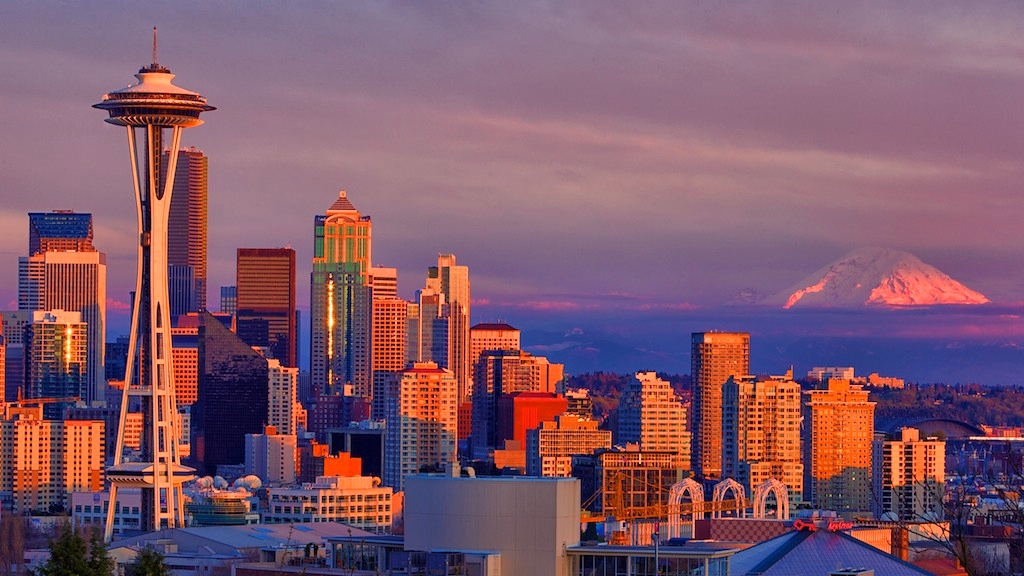
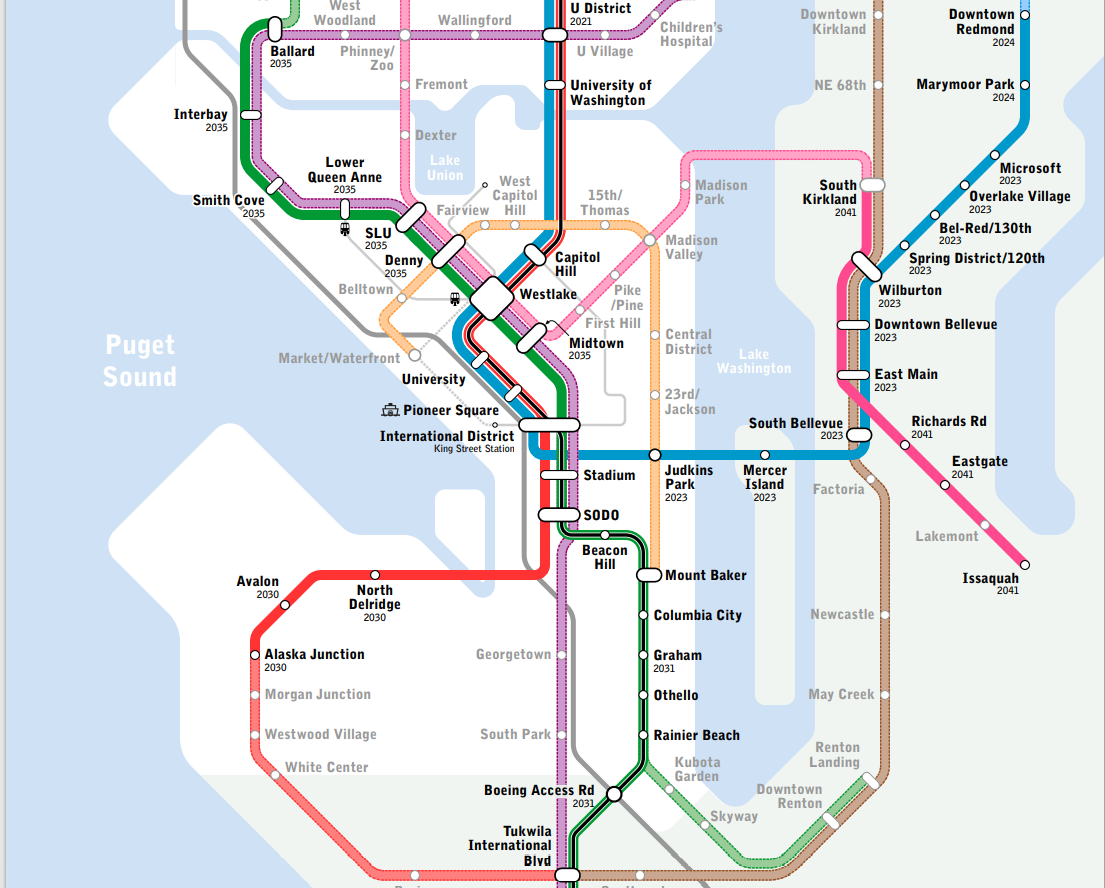
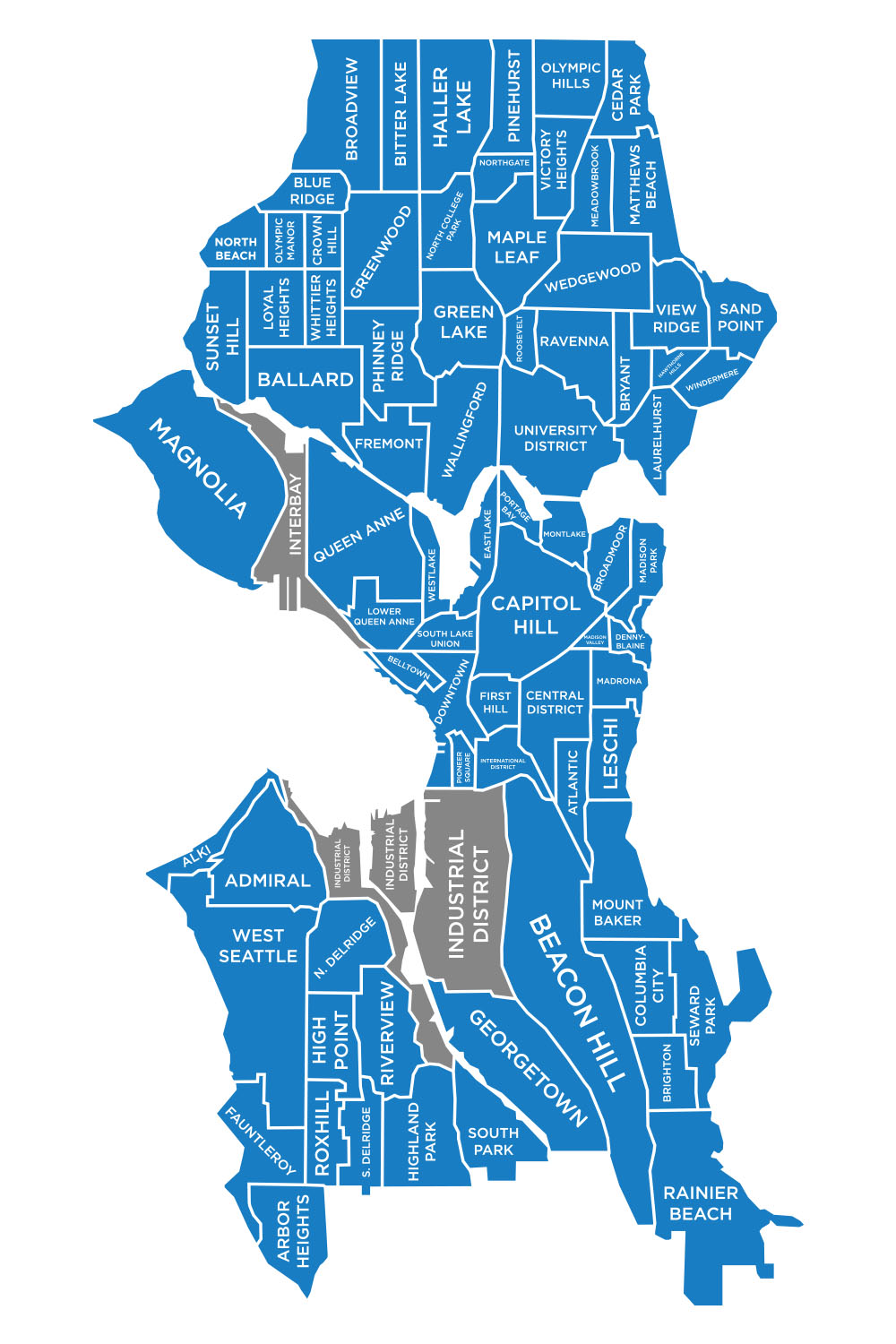
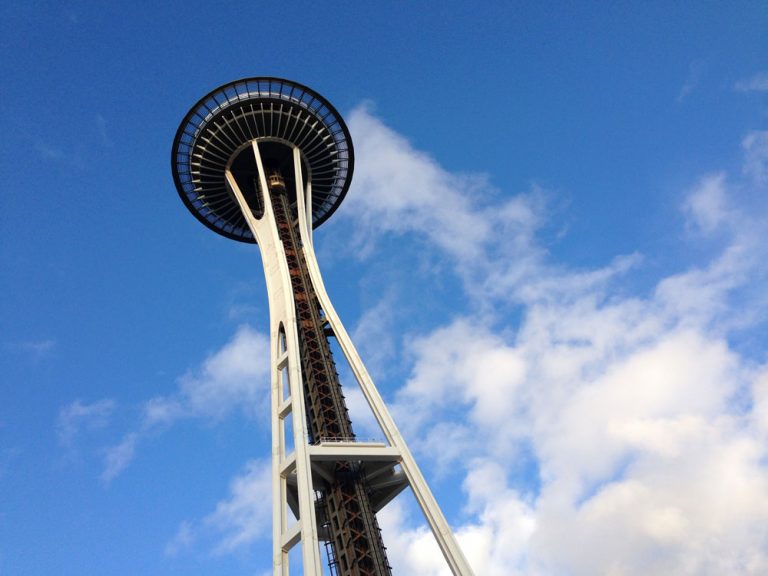
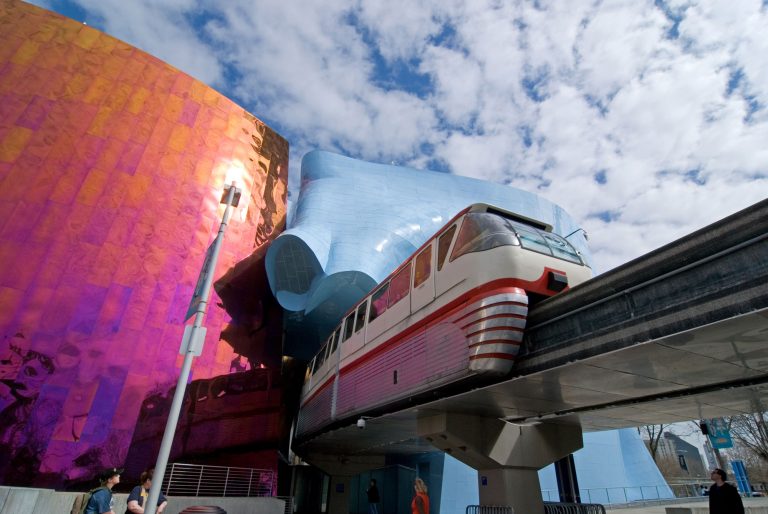
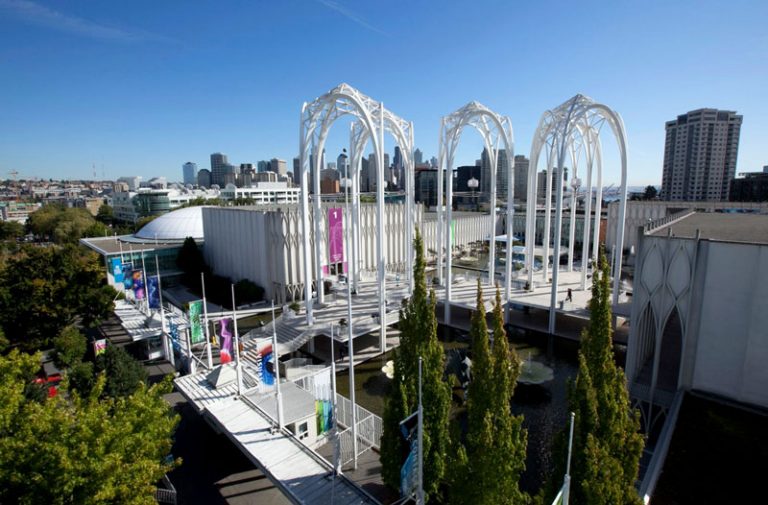
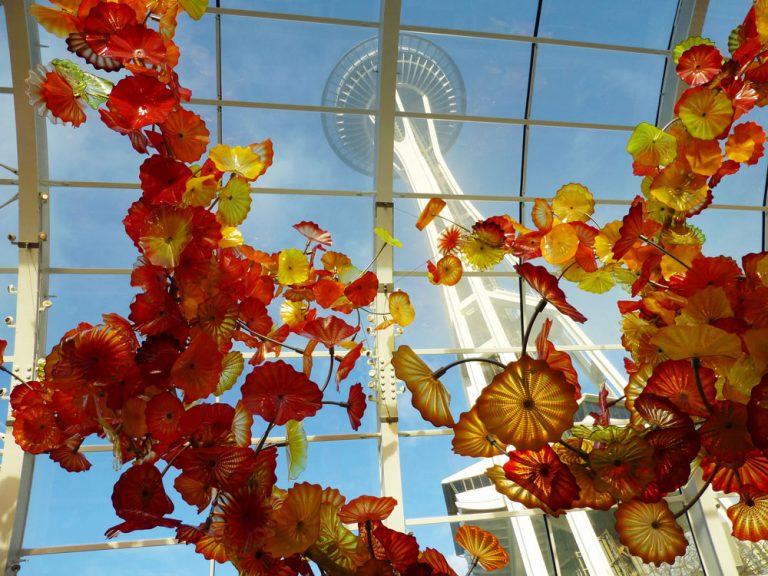

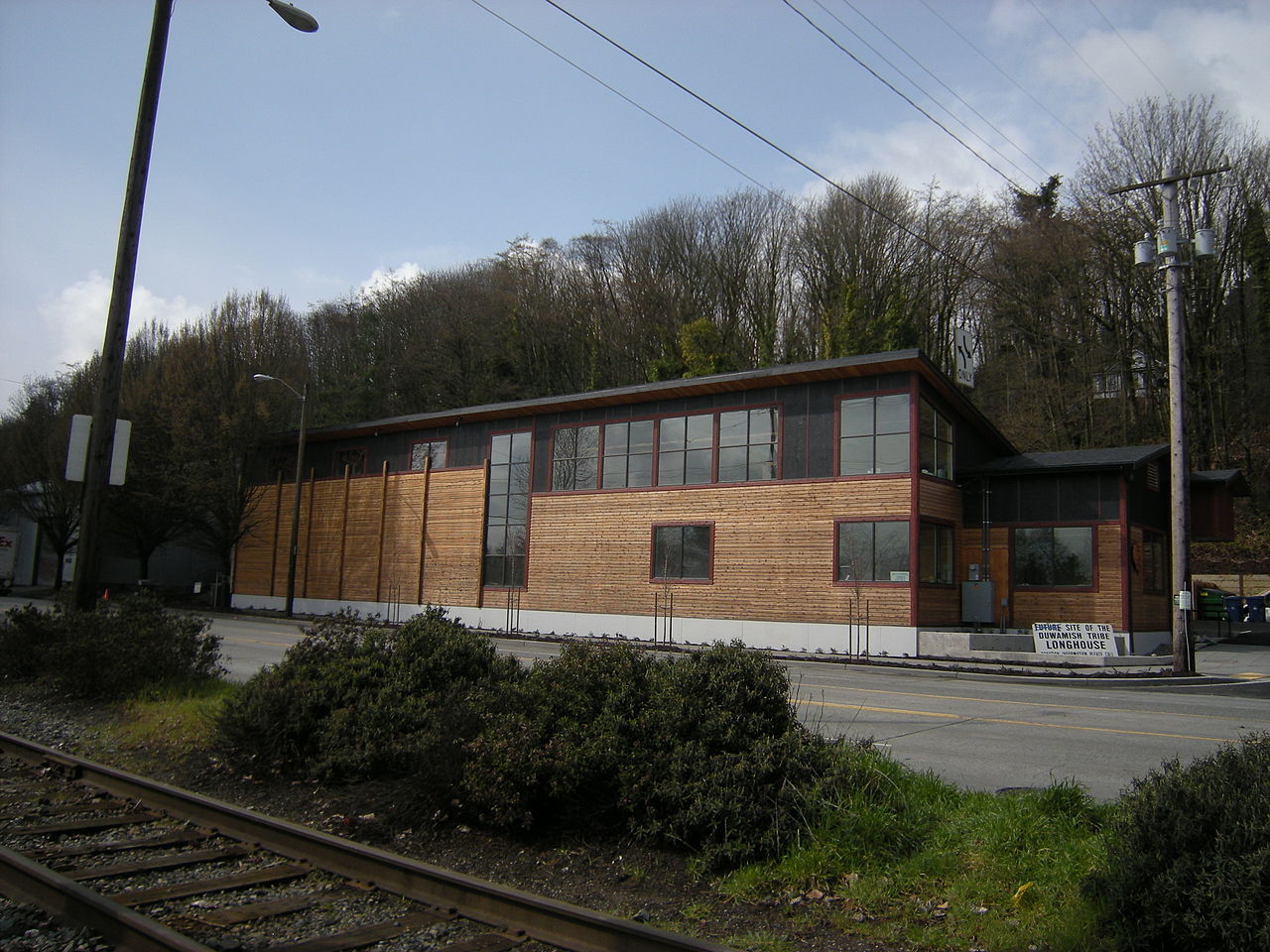
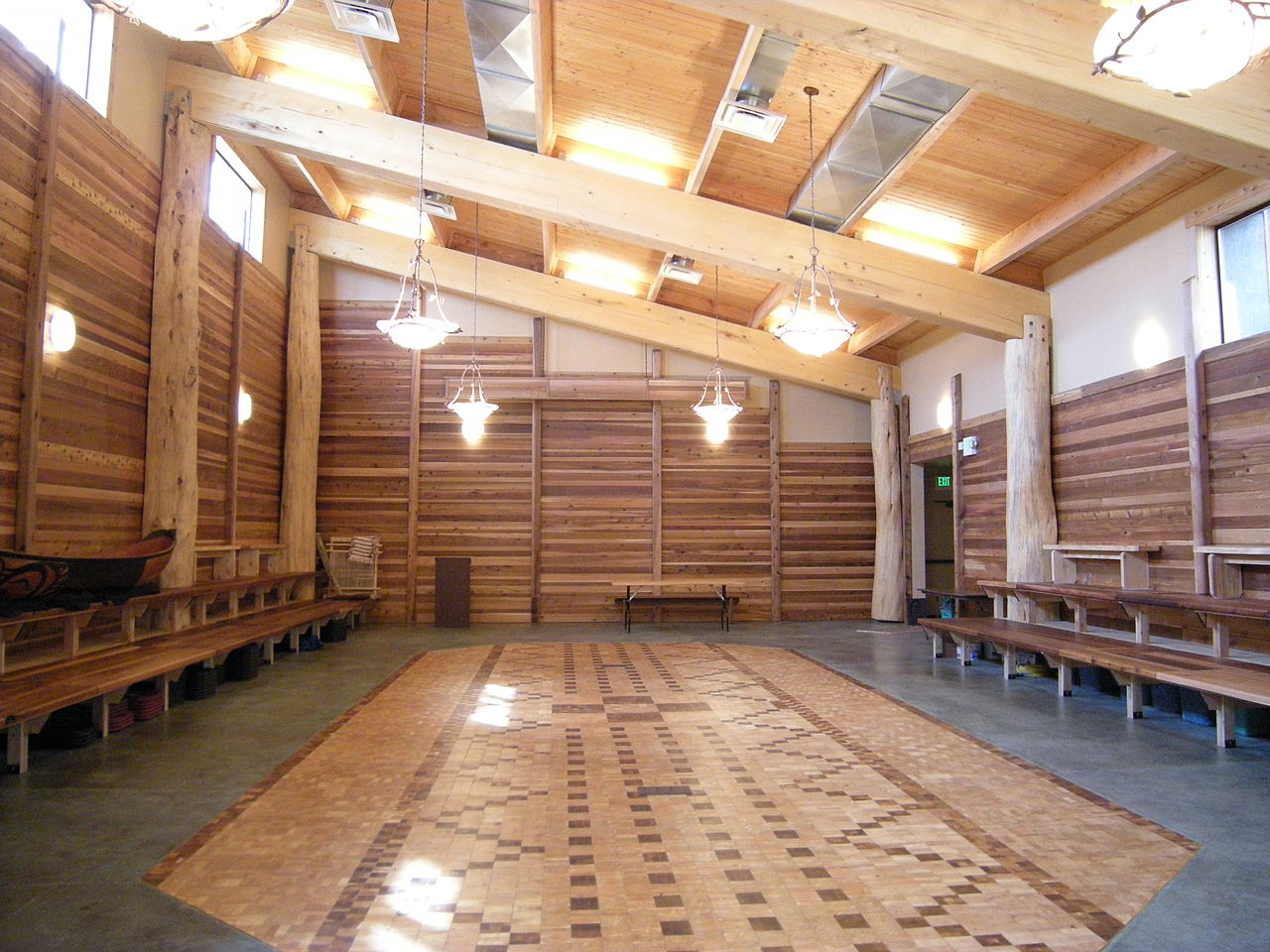
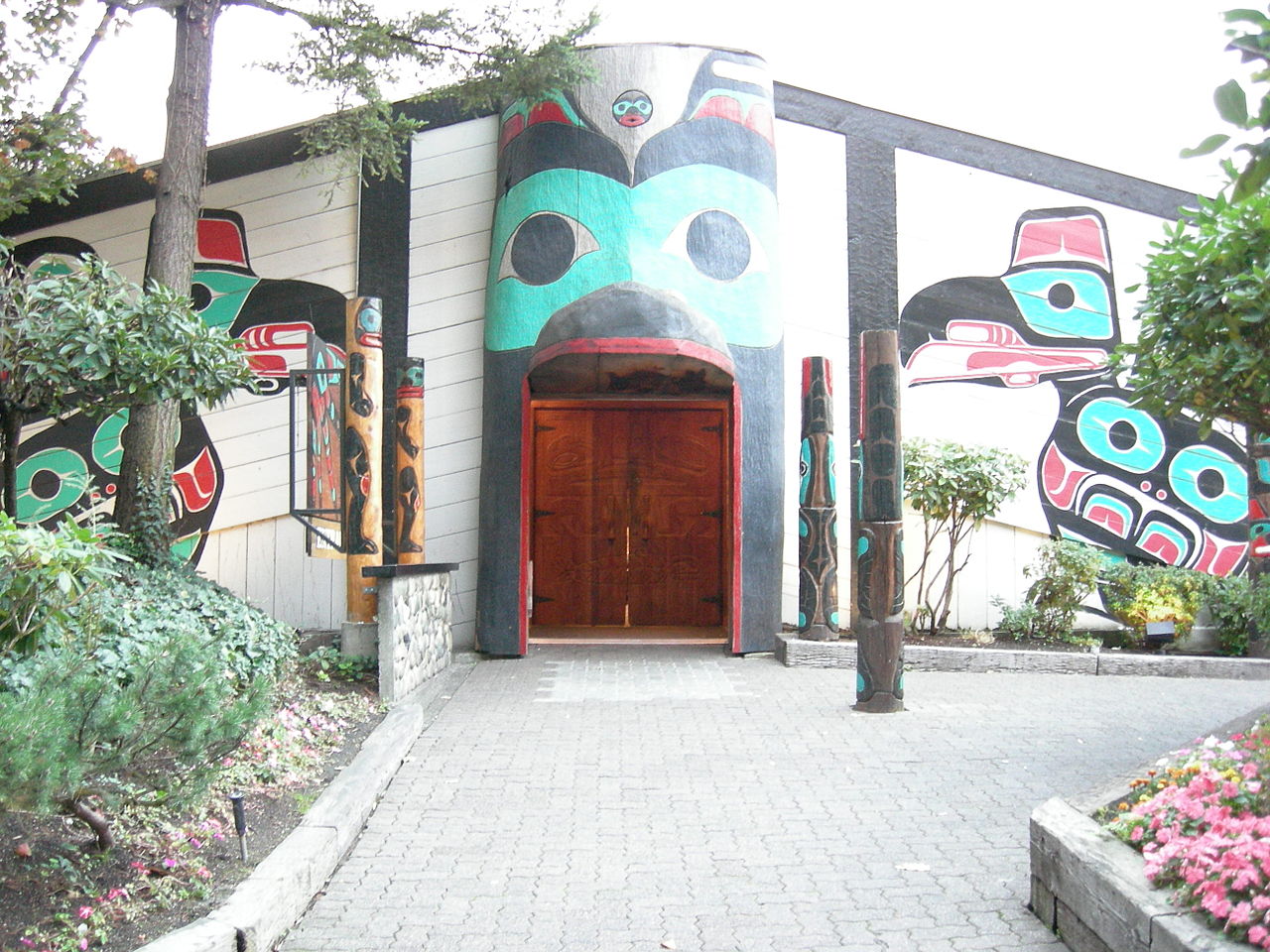
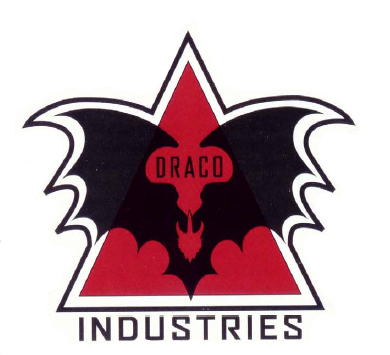

Comments